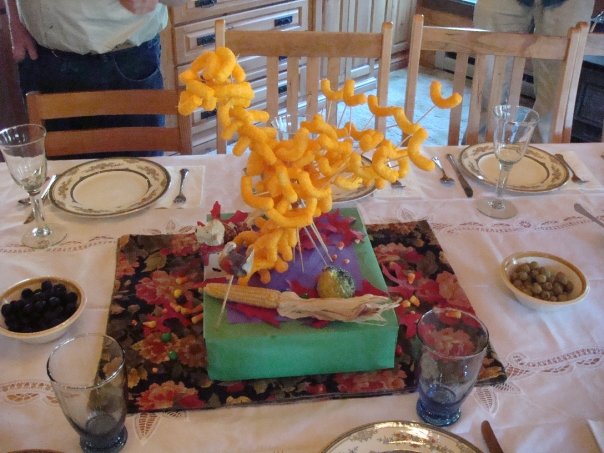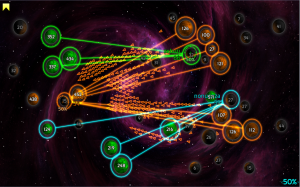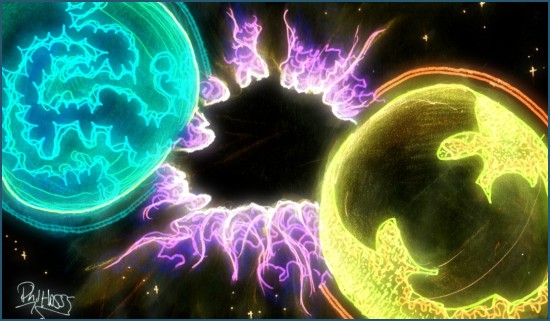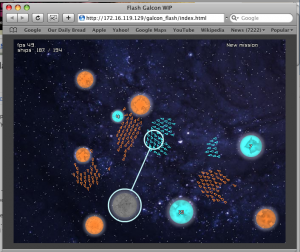So, turns out I’ve got a lot of cellphones now. But, in fact, I have service for none of them! I just use the Wi-Fi to test my games.
But, I found at GDC earlier this year when I first got the free Droid from Google (with free service for some amount of time) that having a cellphone with 3G in a city is super convenient! I was able to navigate the city and use busses and do all kinds of neat city people stuff. Wow! I even saved myself $50 by taking a bus to the airport instead of taking a taxi! Neat!
Unfortunately, eventually the free service period ended. The trouble is, when I check the Verizon website (which seems to be the carrier for Droid and Palm Pre, etc) they want me to buy a phone for $500 to get cell service. And maybe get a contract, or something. It was all very confusing and sounded pretty expensive.
But I just want to pay for a single month of 3G+voice+text service for one of the phones I already have. Or maybe I’d want to pay for some really basic voice service year-round and upgrade to 3G fancy stuff during the couple of conferences I go to. Or maybe pop on some service for like a weekend once in a while when I go to a city or something. Either way, I’m entirely unsure how to navigate the wide-world of cellphone plans.
Help me!!!
-Phil
P.S. I have a Nexus One, a Droid, a Palm Pre, and soon: a Palm Pixi and a G1. I’m entirely unsure what I can do with all these phones, but I want to be able to make calls and use 3G from time-to-time!






